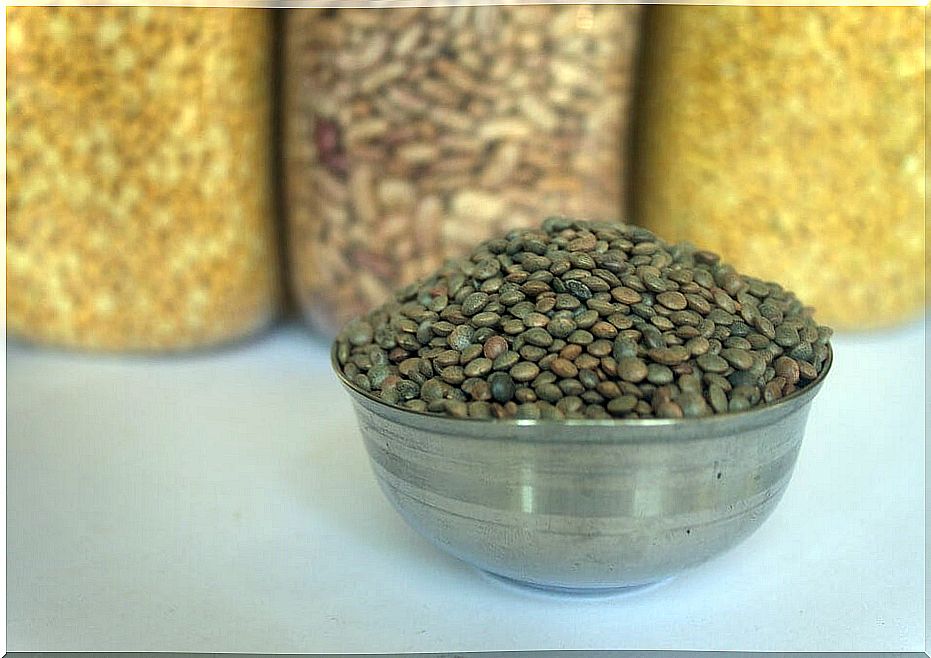The Importance Of Legumes In The Children’s Diet

Eating legumes every week is essential to maintain a balanced diet. But boys and girls do not usually like them and you will surely have problems when you put them to eat. Surely more than once your children have complained that you prepare lentils or chickpeas.
But legumes are one of the staples of the Mediterranean diet . They are rich in iron, vitamins, slow-absorbing carbohydrates, fiber and protein . They also provide calcium and folic acid.
Children are always in constant activity and legumes are a good food as it will help them meet their daily needs.

Legumes in the diet
Due to the fast pace that we carry in our daily life, we tend to abuse animal proteins in our meals. Our children tend to eat a lot of meat, foods rich in carbohydrates like pasta and rice, and a lot of sweets.
Many times, perhaps because we know that they do not usually like them, we do not usually give our children vegetables. But we do not have to forget that these products are important for a healthy and balanced diet and we do not have to make the mistake of forgetting about them.
Many pediatricians and nutritionists recommend taking them at least twice a week. They even recommend if it is possible to consume legumes three to four times a week.
Do not hesitate and include legumes in the weekly family menu. Its consumption helps us to complete a healthy and balanced diet and can help prevent diseases as important as diabetes. Also including them in the diet helps prevent childhood obesity.
The legumes that we normally consume are lentils, beans and chickpeas. In fact, they are basic foods in the diet and are present in traditional dishes such as Asturian fabada or lentils with chorizo.
Legumes benefits
Among the many benefits they provide, it should be noted that they are a good source of protein. However, being lacking in essential amino acids, it is necessary to consume them together with cereals to obtain a nutrient of high biological value.
These combinations of legumes and cereals can be found in many traditional dishes of the Mediterranean diet such as stewed lentils with rice or the Madrid stew that combines chickpeas with noodles.
Another of its benefits is that they are low in fat but rich in minerals and B vitamins. They are also foods that provide a lot of iron, which is very important for children’s nutrition. Legumes are a great product to prevent or treat anemia, according to a study published in the journal “Trials.”
Legumes add a lot of fiber to our diet, which is very important for children with constipation problems. Eating legumes twice a week guarantees a good functioning of our digestive system and that of our children. In addition, fiber consumption is related to the prevention of cardiovascular diseases in the medium and long term, according to an article published in the journal “The Cochrane Database of Systematic Reviews.”

Eat legumes more often!
As soon as the cold season begins, legumes become a fundamental food. Not only for its extensive nutritional characteristics but also for the variety of dishes that we can prepare.
Traditional spoon dishes such as Asturian fabada, Madrid stew or fabes with clams will be perfectly incorporated into your weekly routine. But we can also let your imagination fly and offer them bean salads, legume purees, lentil burgers, noodle soup with chickpeas or beans or rice with beans.
Not only are they a very complete food for the cold seasons but they can also be combined in fresh salads for the hot months. Eating legumes two to four times is highly recommended for all children and will surely help them maintain a balanced and healthy diet.
Remember that to make your diet healthier it is essential that you reduce your consumption of processed foods and increase your intake of fresh ones. Legumes are included in the latter group.










